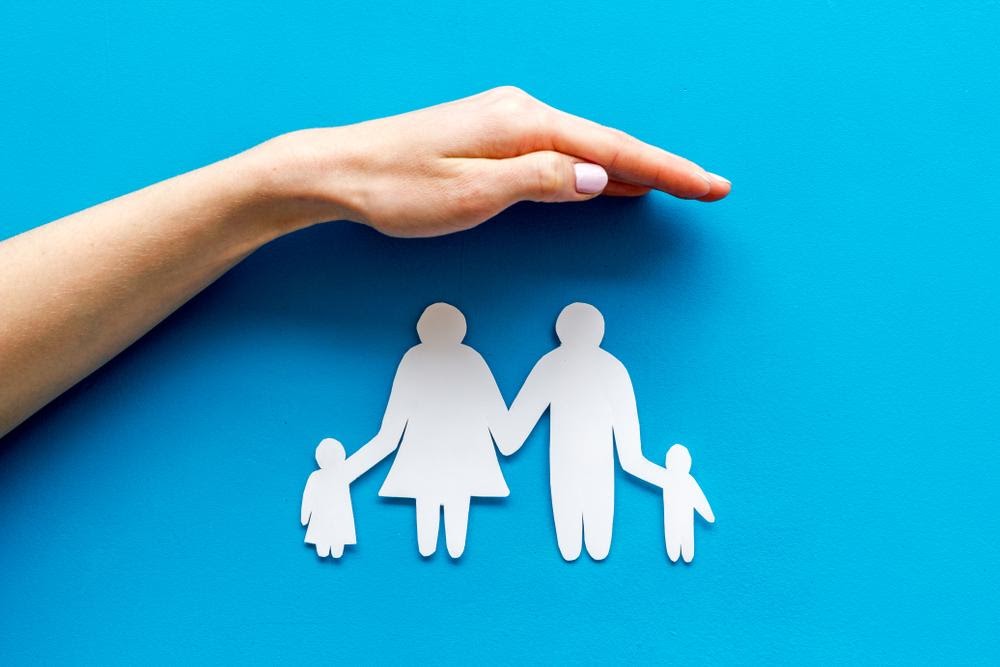For those fans of the early 2000’s television series The Office, this quote might sound familiar: “Limitless paper in a paperless world.” That was the branding for the fictional paper company of that series. Couched in both irony and business blinders, it set the standard for non-fictional businesses and industries that haven’t recognized a future that has already arrived. And while there are many examples of these businesses and industries, any top ten list is sure to include the life insurance industry. Mired in antiquated processes that require in-person sales consulting and medical procedures that seem invasive to new generations of potential insureds, the life insurance industry has a huge branding and business model problems.
It’s well-trodden ground to say that millennials and the Gen cohorts are not rushing to buy life insurance. According to LIMRA (formerly Life Insurance and Market Research Association), the percentage of Americans covered by life insurance dropped from 63 percent in 2011 to 52 percent in 2021. While the industry did post a 5 percent term premium increase in 2021, the same LIMRA study noted that: “While these results are encouraging, our research suggests there are more than 100 million Americans living with a life insurance coverage gap.” And while that decade of reduction has occurred across all age categories, it is most substantial among the under-40 crowd. There are two main drivers of this: a process problem and a business model problem. The process problem is a familiar one—it’s a pain to buy. The business model problem is a bit thornier, and that has everything to do with making life insurance relevant in younger people’s lives.
Solving the Process Problem with Digitalization
Most of the efforts around process improvement share a similar goal and that is to make life insurance—term and permanent—easier to compare, assess and buy. More specifically, life startups (of which there are few) and traditional life insurers are implementing new direct-to- consumer platforms that emulate the ways in which younger consumers are accustomed to, and comfortable with, shopping and buying for most other things in their lives. These new platforms all have some underlying basics in common that simplifies the process for insurers and consumers. They include things like AI-driven application processing and pre- and post-issuance predictive modeling; CRM, marketing and underwriting automation driven by data analytics and modeling, and an Agile architecture, design, and implementation approach that allows for real-time responses to consumer and market needs. Done well, the new generations of life insurance consumers should feel about as comfortable as they would when buying dog food on Amazon. Now, that might a little bit of a stretch, but that’s the basic idea.
For example, startups like Ethos Life and Ladder Life (launched in 2015-2016) have created a complete direct-to-consumer experience that allows potential insureds to buy their policies completely online. Not surprisingly, their websites are full of images of younger people celebrating the milestones of their lives like a new job, a marriage, a first house, a family addition, etc., that subtly reminds people that those are the life-altering moments when one should think about life insurance. Policy and coverage options are arrayed in easily digestible steps that guide the consumer to their best-fit options. Most of these startups use third-party medical data about applicants as a replacement for in person blood testing, or they send an at-home test kit to the applicant if necessary. The platforms are full of glowing testimonials from the recently insured about the simplicity of the process, and their satisfaction about the product they purchased. Such reviews are a critically important part of the process improvement puzzle, as recent studies have indicated that over 85 percent of millennials use reviews as a make-or-break part of the buying process for anything they purchase.
A Relevant Business Model
A much more fundamental question—and problem for the industry—is reinforcing the relevance of life insurance in a world that may not see the need for it anymore. Traditional insurers like MassMutual and Pacific Life are creating in-house startups that have the freedom to market and deliver insurance products in non-traditional ways. The pandemic has forced digitalization on life insurers and some are using it to create direct-to-consumer channels that emphasize the continued value of life products as opposed to the “buy once and forget” approach of the traditional life insurance business model. While still a smaller percentage of sales than the traditional broker/advisor model, many life insurers are moving toward a multi-channel approach to reach their targeted markets. For example, in 2018 John Hancock created a gamified platform called Vitality to market its Life products to a new generation of consumers that grew up playing video games. It sent new policyholders smart health devices like watches and Fitbits and created Vitality Points for exercise that could be used to reduce the cost of annual premiums.
Still in all, it remains an uphill struggle to persuade the Millennial and Gen generations that life insurance is as important as, say, paying off their student debt or saving for a first home. To overcome this, life insurers must continue to borrow relevance strategies from other industries, like ride sharing, gaming, and VR or meta environments. If that sounds like it might be a stretch for some life insurers, well that’s because it probably is, but it can be done. For example, YuLife, a U.K. startup, hired the company that made the Candy Crush digital game to create a platform to sell insurance products and to keep policyholders engaged. The mobile game encourages people to interact with other players with activities and challenges that promote healthy lifestyles, and can earn them discounts on their premium payments. Other startups and some traditional life insurers are following suit. The whole idea is to rebrand life insurance as something other than what Mom and Dad bought, and reshape life products to be something that have relevance and value for the next generations of potential policyholders.
Life Insurance for the Next (and next and next…) Generation(s)
Across the industry, a direct-to-consumer channel approach powered by digital platforms is going to be mission critical for many life insurers to stay relevant. That combined with the broker/advisor approach, and marketing rebranding that emphasizes the value, flexibility, and convenience of life insurance products. That suggests that traditional life insurers might need to follow the lead of some of the startups by creating products like “just in time” life insurance for specific situations, or by developing products that are targeted at specific lifestyle choices such as childless couples, empty nesters, self-employed, and the like. There are a myriad of variations and it’ll be up to life insurers to figure out what will resonate with demographically diverse generations of new consumers. The good news—or bad news depending on one’s point of view—is that this new reality is as true for three-year-old life insurance carriers as it is for 130-year-old life insurance carriers. For any life insurer, future success means meeting this new consumer cohort where they live—and that’s increasingly in a digital world.
Source: Insurance Innovation Reporter








